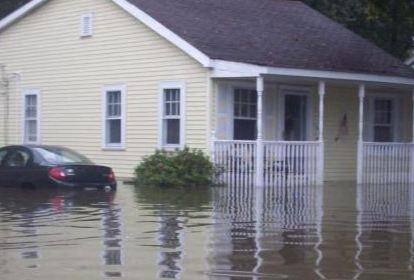There are many different ways for your property – commercial or domestic – to suffer water damage. There could be a leaky pipe present, in which case the damage could occur slowly, over a period of time. At the opposite end of the spectrum it could happen extremely quickly through something like a broken water pipe (freezing pipe problems in winter, maybe) or through structural damage to the property caused by a storm or other event of nature. Water damage restoration companies provide a number of services to help property owners following a disasters.
Irrespective of the causes though, it is fairly obvious that this is a problem that needs urgent attention when it does occur; the longer any damp or moisture is left then the damage caused will be larger.
Damage caused to properties from water can normally be put into three distinct categories:
• Clean or sanitary water
• Water that is slightly contaminated (the potential to cause illness)
• Water that is extremely contaminated (the potential to cause extreme sickness or even death)
Damage done by water from the first category can normally be handled by the property owner, especially if the affected area is small. Larger areas affected though, or water damaged caused by the second or third category types are usually going to need the attention of the professionals. The main reason for this, aside from the risk of illness of course, is the potential to cause even more damage than the original problem. If, though, the property owner is determined to carry out the clean-up or restoration themselves, here are a few tips for things that need to be done straight away.
• The very first thing that needs to be done is to turn off the power to the property; everybody knows the deadly combination that is water and electricity! Once this has been done then stopping the flow of water should be the next vital thing to do.
• The next move to make would be to remove as much of the standing water as possible. Not doing so could increase the possibility of mould growth, causing another set of problems to deal with in the future. A mask and rubber gloves should definitely be worn if the water is from category two or three, as listed above.
• When you have managed to remove most of the water, some (heavy-duty) fans need to be used in the area to try and dry any remaining moisture.
• If there is damage to things you know can’t be repaired (damaged carpet or flooring, soggy drywall, etc.), these need to be removed from the area and taken outside as they will still contain a lot of moisture.
• Once the above steps have been performed, it’s time to step back and take stock of all the/any damage caused. At this point it may still be a case of calling in an a restoration contractor or expert to check for potential mold damage, inspect the wiring and maybe even disinfect and deodorize.
